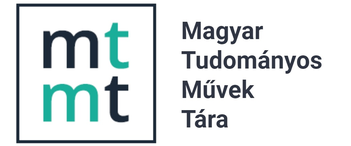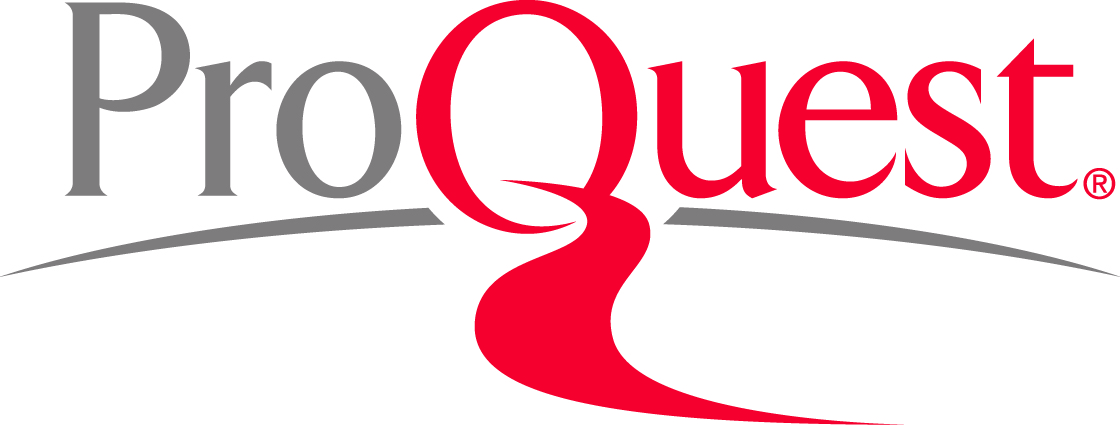Hungary’s Nuclear Legislation in Light of a Nuclear Renaissance
Abstract
In recent years, the notion of a renaissance in nuclear energy has garnered increasing attention, as it is one of the few electricity-generating means that can supply stable, base-load electricity whilst concurrently aligning with the pressing imperatives of climate protection. In such a prosperous climate for nuclear development, it is worth looking into national nuclear law frameworks and analysing their adequacy for increased deployment of nuclear power plants. Among the paramount considerations from the perspective of a successful nuclear renaissance stands the issue of notoriously protracted and complex licensing procedures. There is no international licensing authority, nor there is a common licensing framework, licensing is in the remit of national authorities, resulting in a diverse array of regulatory approaches to licensing. In an era characterized by heightened interest in nuclear new build initiatives, it is incumbent upon us to examine our current regulatory frameworks—acknowledging both their merits and their deficiencies—as such inquiry is indispensable to any further developments that aim to make these systems more conducive to a nuclear renaissance, whilst upholding nuclear safety as the foremost priority. This article aims to present the nuclear licensing framework applicable to new build nuclear power plants in Hungary. To understand the licensing process, the article will address the position of the nuclear regulatory body within this process, alongside the principal statutory instruments governing the deployment of new nuclear power plants. The core of the article will focus on the licensing stages leading up to the operation of a new nuclear power plant, illustrated with recent practical insights gleaned from the Paks II project. Furthermore, recognising that advanced nuclear technologies form a promi- nent subject within the contemporary discourse of the nuclear renaissance, the article will also address their prospective deployment. In doing so, it will address the licensing challenges associated with them, and how these could be potentially resolved. The central hypothesis advanced herein is that a thorough understanding of our existing licensing frameworks—together with their attendant advantages and shortcomings—constitutes a necessary precondition for participation in the nuclear renaissance. Only by engaging in such critical reflection, and by drawing upon the experiences of other states, can one aspire to establish licensing procedures that are not only more efficient and effective but also unwavering in their commitment to the maintenance of nuclear safety.












